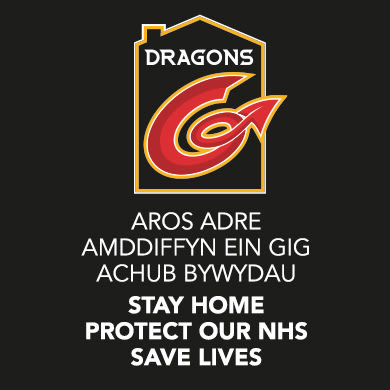We continue with our law of the game feature and after bringing you an introduction to rugby last week this week we bring Law 1 – The Ground and Law 2 – The Ball
The Ground includes:
The Field of Play which is the area between the goal lines and touchlines. These lines are not part of the field of play.
The Playing Area is the field of play and the in-goal areas. The touchlines, touch-in-goal lines and dead ball lines are not part of the playing area.
The Playing Enclosure is the playing area and a space around it, not less than 5 metres where practicable which is known as the perimeter area.
In-goal is the area between the goal line and the dead ball line, and between the touch-in goal lines. It includes the goal line but it does not include the dead ball line or the touch-in-goal lines.
The 22 is the area between the goal line and the 22-metre line, including the 22-metre line but excluding the goal line.
Surface of the Playing Enclosure
Requirement – The surface must be safe to play on at all times.
Type of Surface – the surface should be grass but may also be sand, clay, snow or artificial grass. The game may be played on snow, provided the snow and underlying surface are safe to play on. It shall not be a permanently hard surface such as concrete or asphalt.
Required Dimensions for the Playing Enclosure
Dimensions – the field of play does not exceed 100 metres in length and 70 metres in width. Each in-goal does not exceed 22 metres in length and 70 metres in width.
The length and breadth of the playing area are to be as near as possible to the dimensions indicated. All the areas are rectangular.
The distance from the goal line to the dead ball line should be not less than 10 metres where practicable.
Lines on the Playing Enclosure
Solid Lines The dead ball lines and touch-in-goal lines, both of which are outside the in-goal areas;
The goal lines, which are within the in-goal areas but outside the field of play;
The 22-metre lines; which are parallel to the goal lines
The half-way line which is parallel to the goal lines; and
The touchlines which are outside the field of play
Broken Lines The 10-metre lines, which run from one touchline to the other, are 10 metres from each side of the half-way line and parallel to it; and
The 5-metre lines, which run from one 5-metre dash line to the other, are 5 meters from and parallel to the touchlines
The 15-metre lines, which link the 5-metre dash lines, are 15 metres from and parallel to the touchlines.
Dash Lines
Six dash lines, each being 1 metre long, 5 metres from and parallel to each goal line positioned 5 metres and 15 metres from each touchline and in front of each goal post.
Two dash lines, 5 metres long, 15 metres from each of the touchlines, which start at the goal line and end at the 5-metre dash line
One dash line of 0.5 metre long intersects the centre of the half way line
Dimensions for Goal Posts and Crossbar
The distance between the two goal posts is 5.6 metres
The crossbar is placed between the two goal posts so that its top edge is 3.0 metres from the ground
The minimum height of the goal posts is 3.4 metres
When padding is attached to the goal posts the distance from the goal line to the external edge of the padding must not exceed 300mm.
Flag Posts
There are 14 flag posts with flags, each with a minimum height of 1.2 metres above the ground
Flag posts must be positioned at the intersection of touch-in-goal lines and the goal lines and at the intersection of the touch-in-goal lines and the dead ball lines. These eight flag posts are outside the in-goal area and do not form part of the playing area.
Flag posts must be positioned in line with the 22-metre lines and the half-way line, 2 metres outside the touchlines and within the playing enclosure.
Objections to the Ground
If either team has objections about the ground or the way it is marked out they must tell the referee before the match starts
The referee will attempt to resolve the issues but must not start a match if any part of the ground is considered to be dangerous.
Law 2 The Ball
Shape
The ball must be oval and made of four panels
Dimensions
Length in line 280-300 millimetres
Circumference (end to end) 740 – 770 millimetres
Circumference (in width) 580 – 620 millimetres
Materials
Leather or suitable synthetic material.
It may be treated to make it water resistant and easier to grip
Weight 410 – 460 grams
Air Pressure at the Start of Play 65.71 – 68.75 kilopascals or 0.67 – 0.70 kilograms per square centimetre or 9.5 – 10.0 lbs per square inch.






